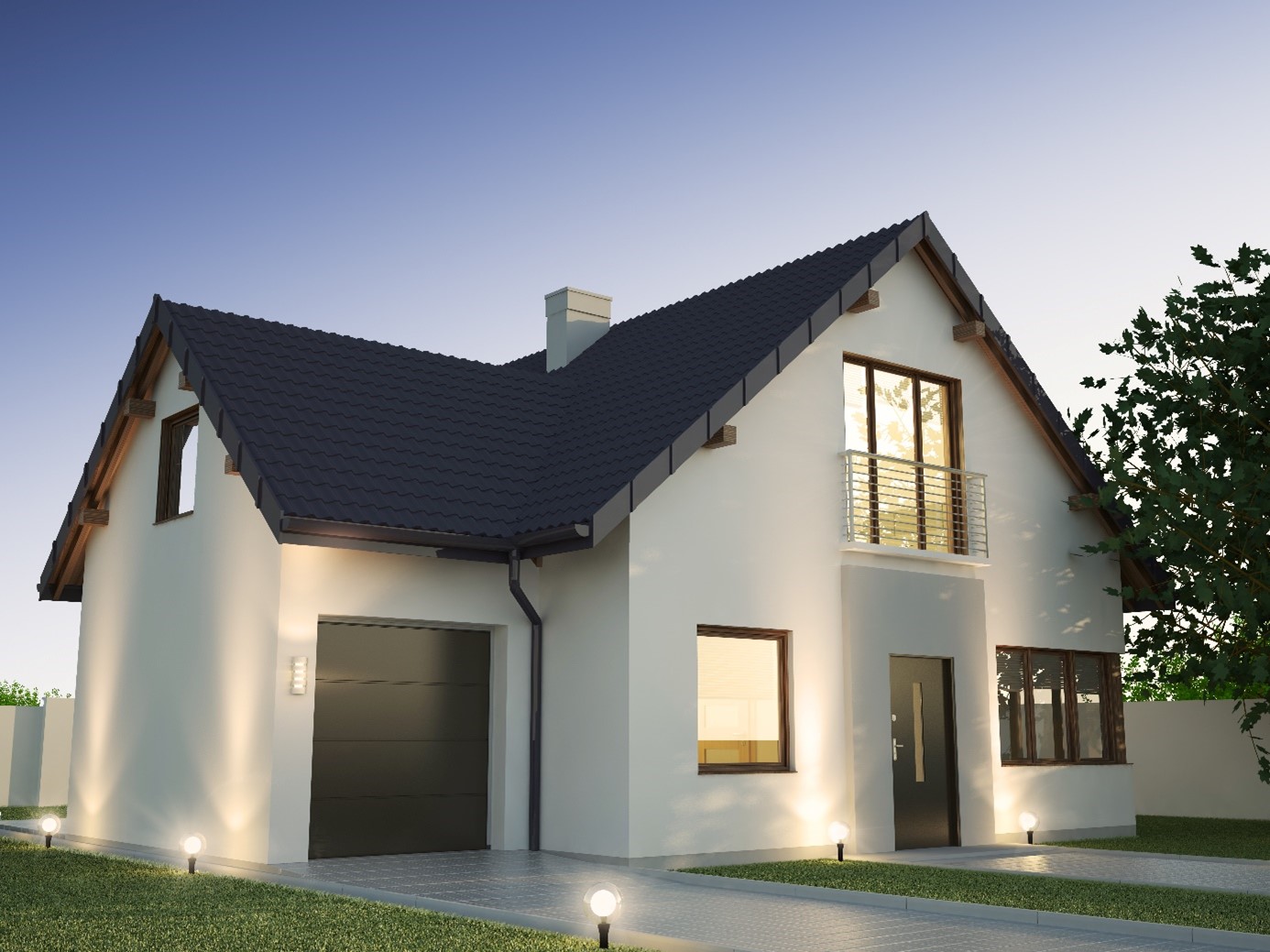Extracts taken from the resource workbook by Paul M Critchlow © 2024,
“Townhouse and Complex Standard Operating Procedures”,
released 15 March 2024
Living in a residential complex provides a sense of security within the confines of gated walls. However, ensuring safety goes beyond the boundaries of the complex itself. In this blog, we'll explore the importance of extending security measures to surrounding areas and neighbours, fostering a culture of safety and collaboration.
Understanding the Neighbourhood
Before extending security measures beyond the complex, it's essential to understand the neighbourhood in which you reside. Assess the safety and security of surrounding areas, including crime rates, lighting, and the presence of neighbourhood watch programs. Identify potential risks and vulnerabilities that could impact the safety of residents both within and outside the complex.
Building Relationships with Neighbours
Creating a safe and secure environment requires collaboration with neighbours beyond the confines of the complex. Take the initiative to build relationships with neighbouring residents and communities. Organize neighbourhood meetings or social events to foster connections and discuss shared security concerns. Encourage open communication and information sharing to address security issues collectively.
Implementing Neighbourhood Watch Programs
One effective way to extend security measures beyond the gate is by establishing neighbourhood watch programs. Collaborate with neighbouring residents to form a watch group tasked with monitoring and reporting suspicious activities. Develop a communication network to alert members of potential security threats and coordinate responses effectively. By working together, residents can enhance the safety of the entire neighbourhood.
Enhancing Lighting and Visibility
Improving the lighting in surrounding areas can significantly enhance security and deter criminal activity. Advocate for the installation of additional streetlights and security lighting in poorly lit areas. Consider implementing motion-activated lights or solar-powered lighting to increase visibility at night. Well-lit streets and pathways not only improve safety but also promote a sense of community and vigilance among residents.
Securing Common Areas and Entry Points
Collaborate with neighbouring complexes and communities to secure common areas and entry points shared by residents. Implement access control measures such as gates, fences, and security cameras to regulate entry and monitor activity.
Develop protocols for managing visitors and deliveries to ensure that only authorized individuals gain access to the area. By securing common spaces, residents can create a unified front against potential security threats.
Conclusion
In conclusion, extending security measures beyond the gate is essential for creating a safe and secure living environment for residents. By understanding the neighbourhood, building relationships with neighbours, implementing neighbourhood watch programs, enhancing lighting and visibility, and securing common areas and entry points, residents can work together to address security challenges collectively.
Remember that safety is a shared responsibility, and by collaborating with neighbours, we can create a stronger and more resilient community.
For access to the comprehensive resource workbook, including procedures, worksheets, and surveys, purchase directly through the following link: https://payhip.com/b/Z5OfW.
Alternatively, the workbook can be ordered, invoiced, and paid via YOCO card payment or bank eft through the link: https://tinyurl.com/thetrainerza
#CommunitySecurity #NeighborhoodSafety #CollaborativeSecurity #SafetyPartnerships #SecurityBeyondTheGate



